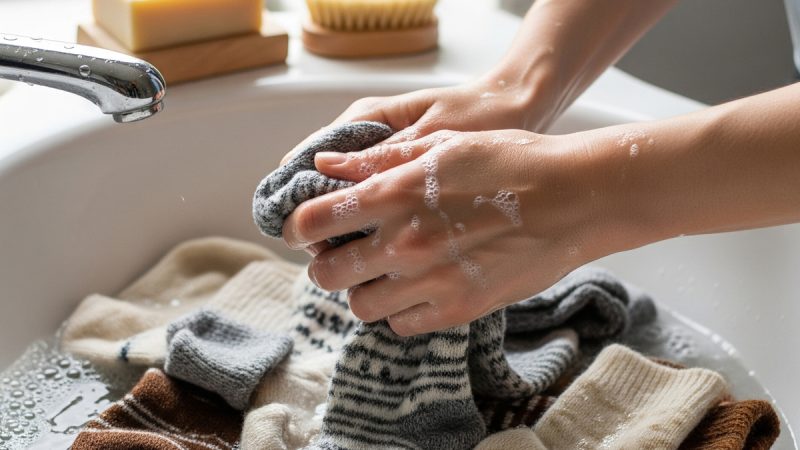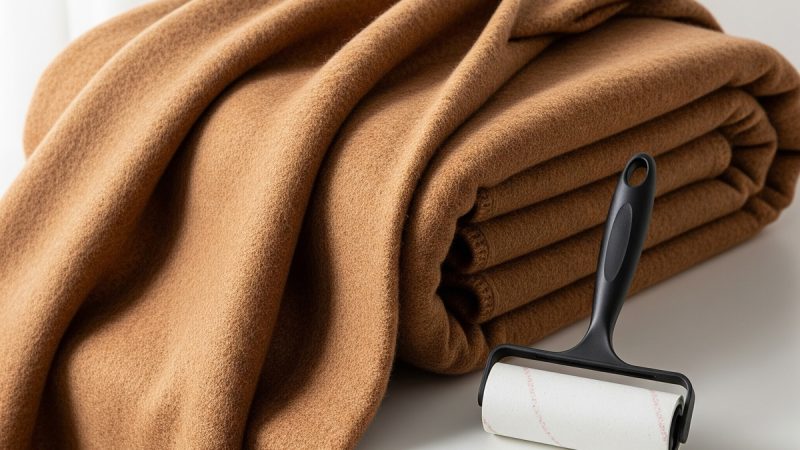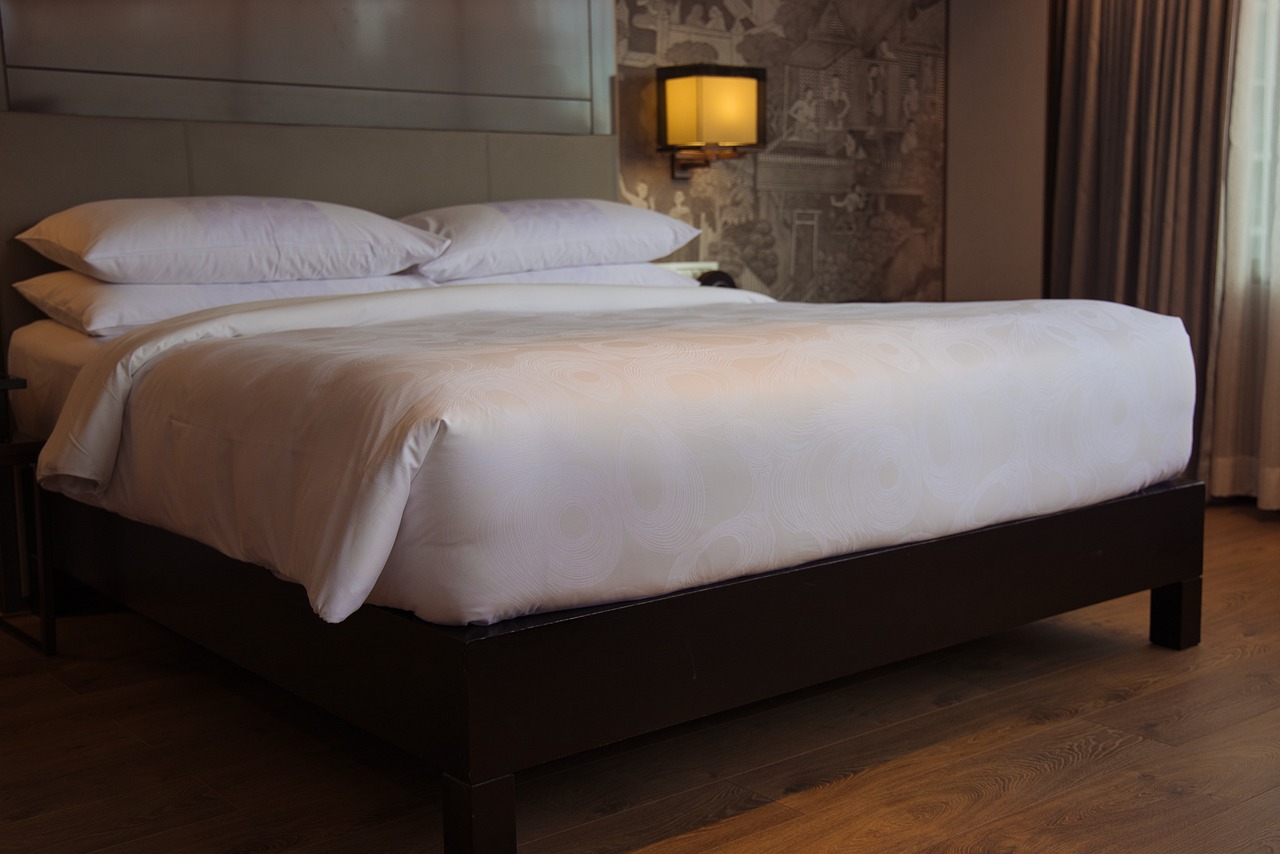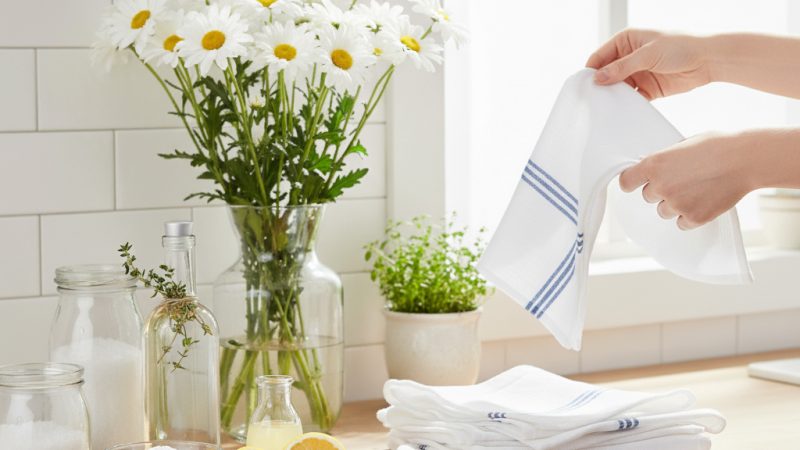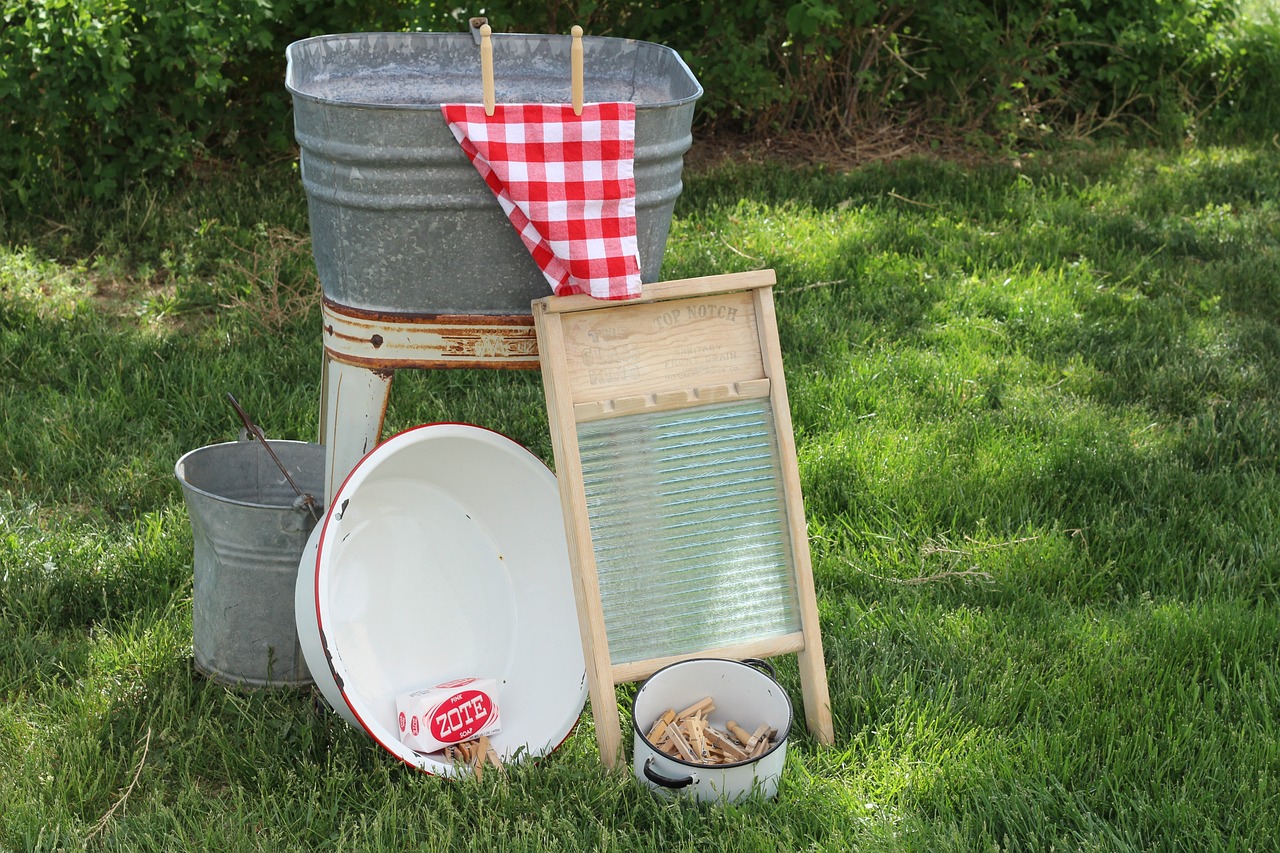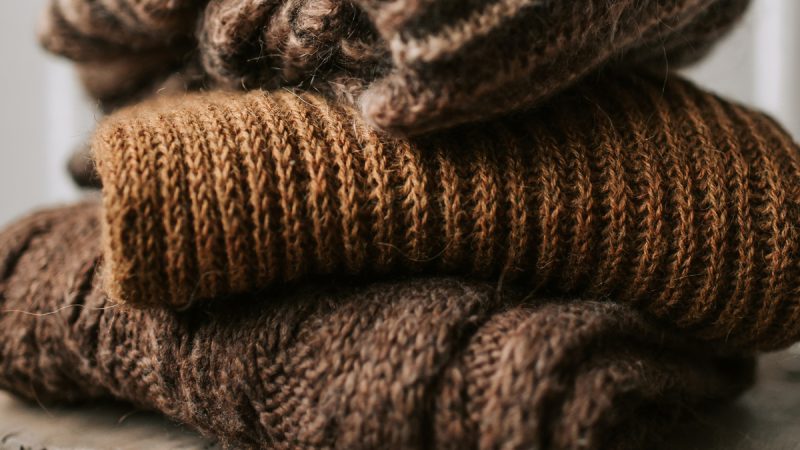Cleaning an Antique Quilt
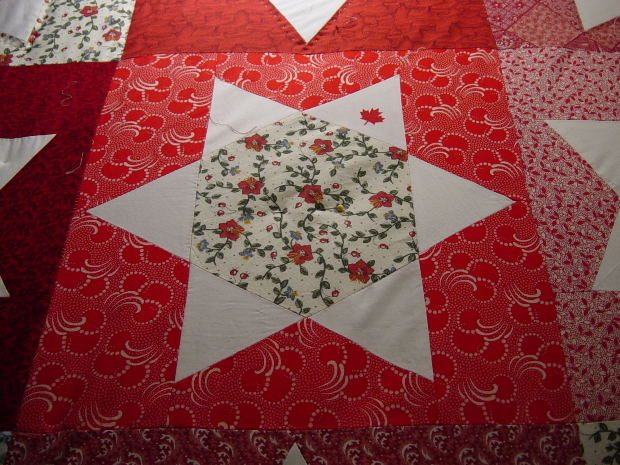
If you have just acquired an antique quilt, there are some things to watch for before you think about how to clean it. You need to look carefully at the quilt’s age and condition. You also need to think carefully about whether you should wash a quilt. It is a good idea to seek the advice of a professional textile conservationist first. You can find one by contacting The American Institute for Conservation, 1717 K St. NW, Suite 200, Washington DC 20006. It is true that no matter how careful you are, you may permanently damage a quilt by washing it. You should certainly never wash a damaged quilt before repairing it.
There might be stains on your quilt, since old quilts are made of natural fibers which absorb things like body oils, liquids, soils, and other organic substances easily and over time these invisible stains oxidize and become colored stains. That makes it difficult to know how to pretreat them. Often what we think of as blood stains are really the remains of a dead bug and these stains are nearly impossible to remove. Another problem is dye migration. Changes in temperatures will cause dye migration that results in brown stains in quilts folded and stored for years. Since, the dye has permanently stained adjoining quilt fabrics, most stains caused by dye migration can’t be removed. You shouldn’t even try because you can do even more damage by trying than they have already. In addition to these stains, your quilt might have damaged scattered spots known as foxing, which is caused by the growth of molds.
If your quilt is very stained, it may be a good idea to spot treat areas with sodium perborate, the active ingredient in Clorox 2, before washing the whole quilt. Another way to spot clean is to brush a paste of Biz, Ivory Snow flakes or Shaklees Nature Bright on the stained spot and then vacuum it well with the brush attachment of your vacuum cleaner after it dries. Be careful to have all portions of your quilt equally clean. Using lemon juice to bleach stains, or laying linens on the lawn stains is not a good idea as your fabric may be temporarily brightened, but this usually turns to yellow after a while.
If you are going to display your quilt folded over a rack, and there are no holes, rips, frayed seams, stains, delicate fabrics or embellishments etc in it, you may be able to just simply air it outside on a nice warm day to remove dust and dirt and freshen the quilt. You can lay it on the lawn with a clean sheet underneath it and another on top of it for protection, especially from sunlight. If you don’t have a lawn, you may hang it over a wide railing with a sheep protector.
You could also vacuum it with the brush attachment of a low powered vacuum cleaner, although you would need to put a clean fine mesh screen over your quilt first, to prevent threads and yarn from getting sucked away, if it had elaborate embellishments or damage. You want to vacuum gently, use a Dust-buster if you have one. Be careful not to pull loose material from your quilt. Hold the vacuum cleaner at least half an inch above your quilt, vacuum both sites, and repeat that if you need to. Never vacuum painted quilts since you may strip the paint off.
In summary, cleaning an antique quilt can be a challenge. A lot depends on the age and condition of your quilt, and whether it has delicate fabrics or embellishments on it. It is probably a good idea to avoid washing it if you can, although you do want to get rid of dust and dirt as much as possible. Always check with a professional textile conservationist first to see what they think about the advisability of washing it.
The Author:
Tracy Crowe loves antiques, including quilts.

